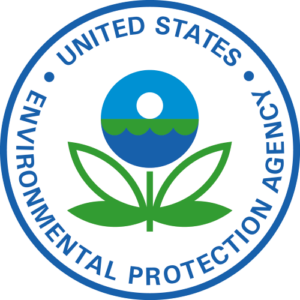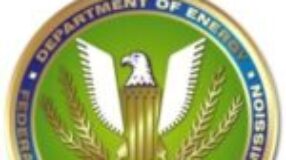
Over the years, INGAA has commented on many EPA rulemakings and provided technical data and other content to facilitate the development of better federal regulations and policies. In these comments, INGAA raises many of these same concerns to EPA’s attention in order to identify issues that warrant regulatory review. These issues are as follows:
- The 2010 one-hour NO2 National Ambient Air Quality Standard (NAAQS) introduces technical complications and unnecessary costs when modeling near-field impacts for new or existing sources (e.g., Title V permits) using AERMOD, EPA’s preferred and regulator-approved dispersion model. EPA should pursue AERMOD updates to address short-term averaging times and near-field impacts consistent with numerous comments and suggestions from industry. In the interim, EPA should identify alternatives to performing one-hour dispersion modeling and encourage the acceptance of these alternatives throughout the regulatory community.
- EPA should develop and implement a streamlined plan to implement the most current and best science into the regulatory process. For example, the latest information and data should be used to update emission factors and dispersion models, and there should be a better process to approve new or alternative emission test methods, monitoring techniques, and standards.
- EPA should withdraw the startup, shutdown, malfunction (SSM) SIP Call. Alternatively, EPA should revisit its actions taken in response to a 2008 Court decision,1 and broadly implement work practice standards for startup and shutdown events. If not, EPA will need to revise numerous regulations that include emission standards based solely on emissions data from high load, steady state operation (i.e., normal operations).
- EPA should address New Source Performance Standard (NSPS) and National Emission Standards for Hazardous Air Pollutants (NESHAPs) implementation issues that INGAA has discussed with EPA. Examples of these issues include: Amendments to the transmission and storage NESHAP (40 C.F.R., Part 63, Subpart HHH) in 2012 introduced errors, omissions, and unclear regulatory requirements. Rule revisions are warranted to address errors and clearly identify compliance obligations.
For the spark ignition engine NSPS (40 C.F.R., Part 60, Subpart JJJJ): (1) initial notification should not be required when an engine is ordered because its location may not be known, and (2) compliance test requirements for volatile organic compounds (VOCs) should be streamlined by identifying the list of hydrocarbons to be included for natural gas-fired engines; other related engine test requirements should also be addressed.
For the reciprocating internal combustion engine (RICE) NESHAP (40 C.F.R., Part 63, Subpart ZZZZ), EPA should simplify categorization of “remote” engines and compliance testing requirements. The latter were negatively impacted by a 2016 “test methods” rule.
Proposed amendments to the Turbine NSPS (40 C.F.R., Part 60, Subpart KKKK) would introduce definitions and new requirements regarding routine maintenance that unnecessarily affect applicability of existing simple cycle turbines. The proposed rule should be withdrawn.
Definitions should be consistent across NSPS and NESHAP regulations.
- The once-in-always-in (OIAI) policy: A 1995 EPA memorandum2 discourages companies from installing additional controls to reduce emissions from existing major Hazardous Air Pollutant (HAP) sources because the OIAI policy does not allow a major source to become an area source. EPA proposed a rule in 2007 that, if adopted, would have reversed that policy,3 but EPA did not issue a final rule. The 1995 memo should be withdrawn and replaced with a new policy or final rule that allows a major source to become an area source at any time that HAP emissions have been reduced to minor source levels.
- Routine Maintenance, Repair and Replacement (RMRR) for simple cycle industrial turbines: Manufacturers of industrial turbines utilize a modular design to facilitate maintenance and this practice has been employed in the natural gas transmission and storage (T&S) sector for over forty years. EPA should issue guidance to clearly indicate this routine practice is RMRR to avoid confusion for New Source Review (NSR), NSPS, and other regulatory interpretations of “routine maintenance.”
- EPA should reconsider the issue of “common control” as it applies to source determinations for emission units in the oil and natural gas sector.
Download the full comments here.







